10
Lessons
35h
Duration
English
Language
Share This Class:
OBJECTIVEs:
- This intermediate Python course aims to build upon basic Python skills and delve deeper into advanced concepts and techniques.
- Participants will enhance their proficiency in Python programming, understand more complex data structures and algorithms, and be prepared to tackle more sophisticated projects and challenges.
- Deepen understanding of advanced Python topics crucial for software development and data science.
- Master data manipulation techniques and algorithms for efficient programming.
- Develop problem-solving skills through challenging exercises and projects.
Course features:
- Practical hands on
- Lab sessions
- Training by experienced faculty
PRE-REQUISITES:
- Basic knowledge of Python programming concepts (variables, data types, control structures, functions).
- Familiarity with object-oriented programming (OOP) concepts like classes and objects.
- Understanding of basic data structures (lists, tuples, dictionaries) and their operations.
- Completion of a beginner-level Python course or equivalent experience.
Learning Path
- Lambda functions and functional programming concepts.
- Decorators, closures, and higher-order functions.
- Advanced OOP concepts (inheritance, polymorphism, encapsulation)
- Abstract base classes (ABCs) and method resolution order (MRO).
- List comprehensions revisited and advanced techniques.
- Using collections module (deque, defaultdict, namedtuple).
- Reading and writing CSV files.
- Handling exceptions and edge cases in file operations.
- Working with datetime and time modules.
- Using itertools for advanced iterators and generators.
- Syntax and usage of regular expressions.
- Practical examples and applications in data processing.
- Connecting to databases (SQLite, MySQL, or PostgreSQL).
- CRUD operations using Python DB-API.
- Threading vs. multiprocessing in Python.
- Using concurrent.futures for parallel execution.
- Basics of web scraping and HTML parsing.
- Handling dynamic content and using Selenium (if applicable).
- Overview of data visualization libraries (Matplotlib, Seaborn).
- Creating basic plots and customizing visualizations.
